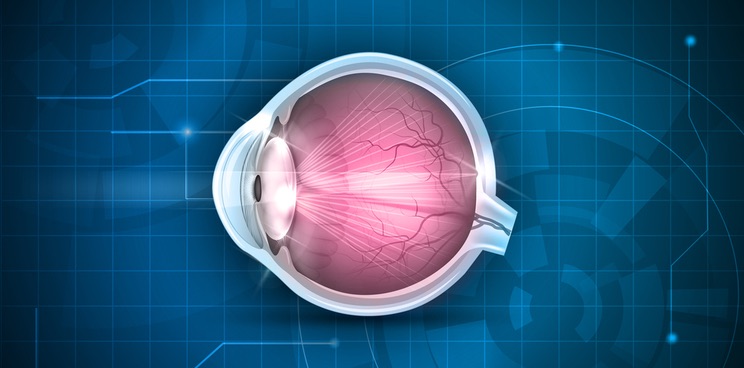Newsletter Signup - Under Article / In Page
"*" indicates required fields
A nanoparticle steroid therapy developed by Swiss biotech Oculis has reduced eye pain and inflammation in a phase II trial in cataract surgery patients.
This is the second positive phase II this year for the company, which closed a €31M Series B fundraising round at the beginning of 2019. In February this year, Oculis also reported that the same topical nanoparticle formulation of the steroid drug dexamethasone helped improve the vision of patients with diabetic macular edema (DME).
While dexamethasone is already used to treat inflammation in the eye, the innovative aspect of Oculis’ technology is the nanoparticle formulation the company has developed.
Following cataract surgery, patients are normally prescribed painkillers, antibiotics and steroids. Dexamethasone drops are often used by patients who have had cataract surgery, but current formulations need to be applied two to four times a day, as opposed to Oculis’ formulation, which only needs to be applied once a day.
The phase II trial was carried out in 153 people after cataract surgery who were randomly assigned to apply dexamethasone drops once or twice a day, or placebo drops.
The study met both its primary endpoints in that 51% of patients who used dexamethasone drops once a day had no inflammation 15 days after surgery compared with 20% of the placebo group. Similarly, 73% of the once-a-day group had no pain at day four versus 55% of the placebo group.
Notably, topical steroids that can be applied in drop format are not normally used to treat retinal diseases such as DME, as it has proven hard for existing formulations to be effective enough. This means patients currently have to have much more invasive forms of the treatment such as implants or injections into the eye.
The problem with topical application of eye medication is that it’s hard to create drops with high enough concentration of the drug in question, Oculis CEO, Riad Sherif, told me. He also explained that drug solubility and limited contact time with the eye surface can be an issue. To reach the back of the eye, the drug also needs to be at least somewhat fat-soluble.
“Most of the other eye drop formulation technologies such as prodrugs and conventional nanoparticles only address one of the main obstacles but not all of them at the same time,” explained Sherif. Oculis’ formulation is designed to solve all four of these potential issues by combining treatments with molecules called cyclodextrins. This allows more of the drug to dissolve and also helps it to permeate eye tissues.
The timing of the two phase II trials has been fortunate for Oculis, as both were completed before the Covid-19 pandemic began to cause mass shutdowns across Europe.
“Our next step is to meet with the FDA in the coming weeks for an end of phase II meeting and to refine our next development steps based on their feedback,” commented Sherif. “We are confident that the situation will resume in time for us to move safely to phase III in a timely manner.”
Oculis is also working on other topical eye treatments. It has an anti-TNF alpha antibody in development, which it licensed from Novartis, for treating inflammatory eye diseases such as dry eye disease. This has proved a difficult area to crack in recent years, with two competitors — UK-based Topivert Pharma and Spanish Sylentis — failing at a late stage with their topical therapies for dry eye disease.
Image from Shutterstock
Are you interested in eye disease R&D?







